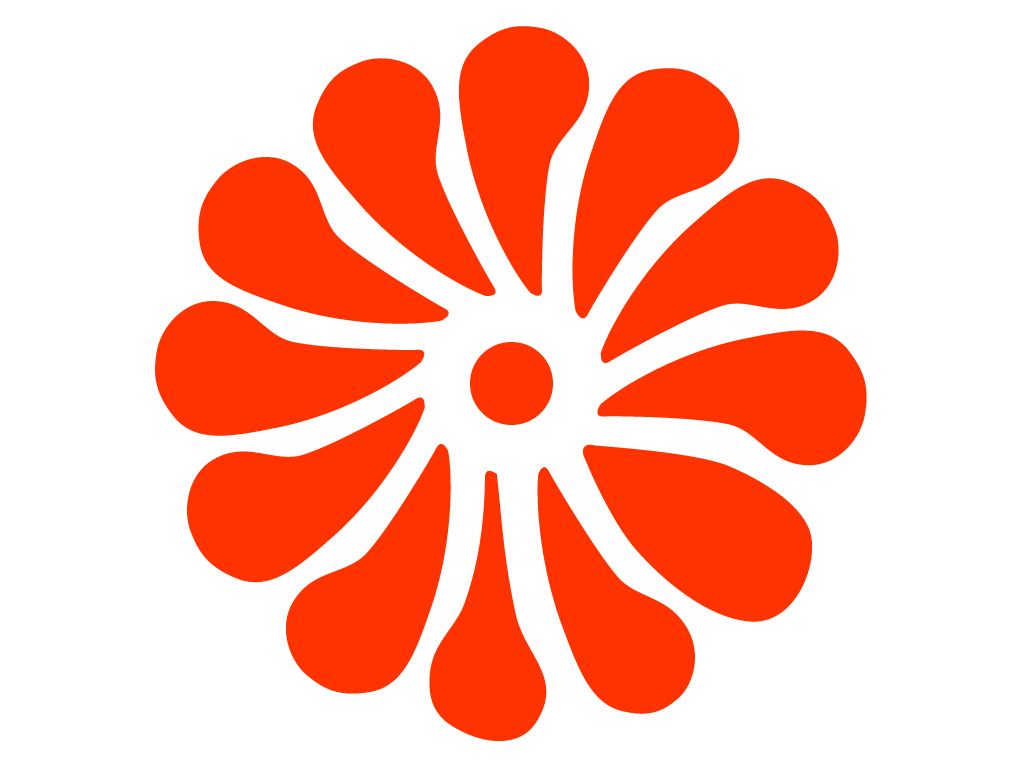Powerscourt Gardens: A Captivating Oasis in County Wicklow
Just a short 20-minute drive from Dublin lies a hidden gem that should not be missed: Powerscourt Gardens, nestled within the magnificent Powerscourt Estate in County Wicklow, Ireland. These enchanting gardens have a rich history, dating back to the 18th century when the house was remodeled. The garden underwent its own transformation, resulting in a splendid display of natural beauty and meticulously designed landscapes.
The layout of Powerscourt Gardens was carefully crafted during the remodeling of the estate in the 1700s. On the north side, you’ll discover a formal tree plantation, exuding a sense of elegance and order. As you venture to the south side, a breathtaking sight unfolds before you. Terraces and cascades grace the landscape, leading to serene fish ponds that add a touch of tranquility to the surroundings.

The Liberty Bell at Powerscourt Gardens
As you explore the gardens, you’ll come across the remarkable “Liberty Bell” sculpture. This iconic piece, created by artist Vivienne Roche, was commissioned as part of Dublin’s ‘Millennium’ celebration in 1988. The Liberty Bell pays homage to the historic ‘Liberties’ District of Dublin, with its elongated bronze bell hanging from a white frame, symbolizing freedom and heritage.
Powerscourt Estate, spanning over 19 hectares (47 acres), is renowned for its stunning house and meticulously landscaped gardens. The estate’s rich history can be traced back to the 13th century when it was originally a castle. German architect Richard Cassels made extensive alterations to the house during the 18th century, transforming it into the architectural masterpiece it is today. Although a fire in 1974 left the house in ruins, it was lovingly restored in 1996, ensuring its historical significance lives on.
Over the years, the Wingfield family, who owned the estate, added various features to enhance the gardens’ allure. The 6th Viscount enlisted renowned architect Daniel Robertson to design the captivating terraces, a prominent feature of the Italian Gardens. The work was later completed by the 6th Viscount’s son in the 1800s. The family’s dedication continued with the addition of the Japanese Gardens and the Pepper Pot Tower. Subsequent owners, the Slazenger family, also contributed to the gardens’ beauty.
The Triton Lake and Italian Gardens boast a series of terraces that gracefully descend toward the lake. The top terrace draws inspiration from Villa Butera in Italy, exuding a sense of Mediterranean charm. Among the highlights are the life-sized sculptures of two horses, designed by Hugo Hagen, representing the family’s coat of arms.
The Japanese Gardens
The Japanese Gardens provide a mesmerizing glimpse into another world. Created in 1908 by the 8th Viscount and Viscountess Powerscourt, these gardens showcase the beauty of Azaleas, Japanese maples, and cherry blossoms. Trickling streams, Japanese bridges, and a ring of Chinese Fortune Palms further enhance the enchanting atmosphere.
Depending on the season of your visit, you will be greeted by a stunning array of blooming flowers. Spring unveils vibrant azaleas in the Japanese Gardens, while August showcases the splendor of dahlias, hydrangeas, and other border flowers in full bloom.
As you wander through the gardens, be sure to visit Triton Lake, where a magnificent fountain, inspired by the Piazza Barberini in Rome, commands attention. Winged Horses, an integral part of the family coat of arms, watch over the lake, their creation dating back to 1869 in Berlin.


































